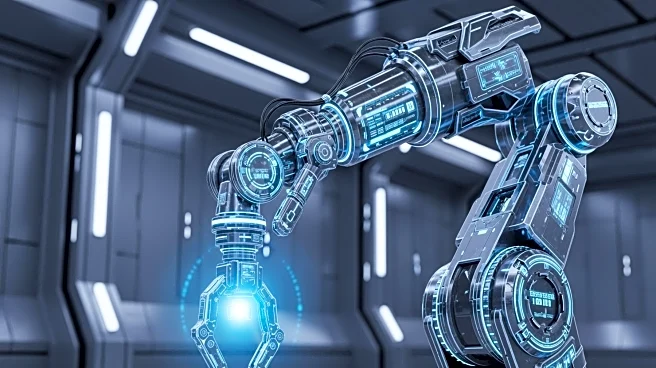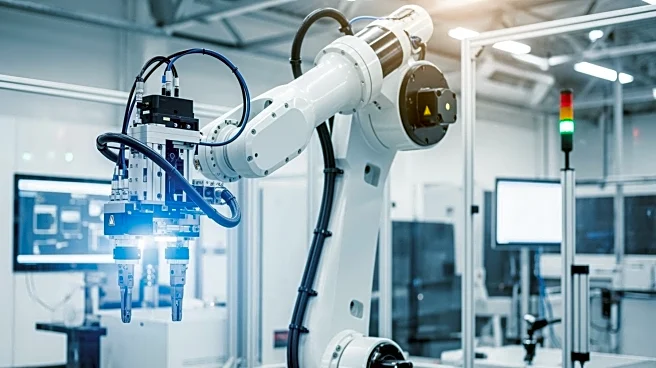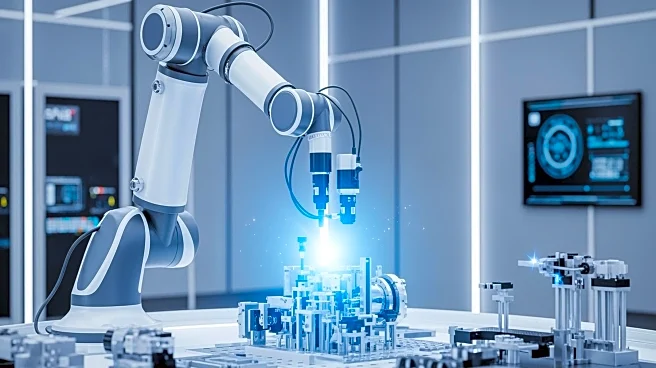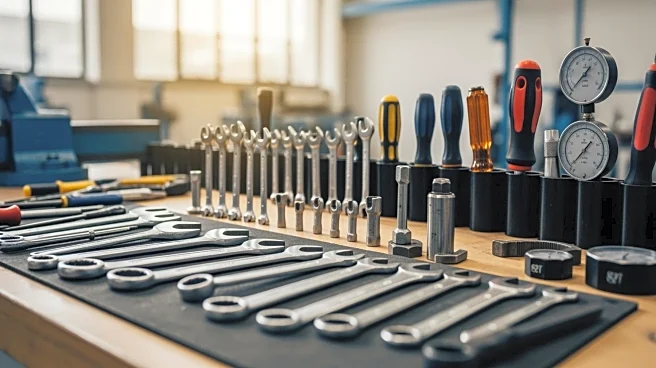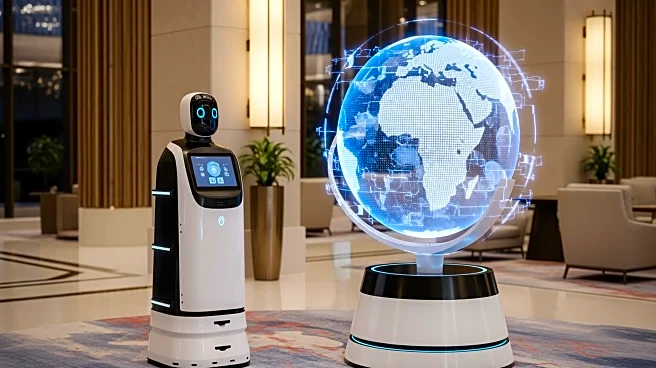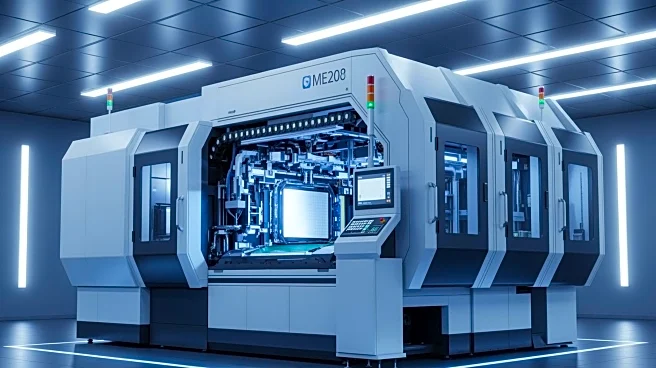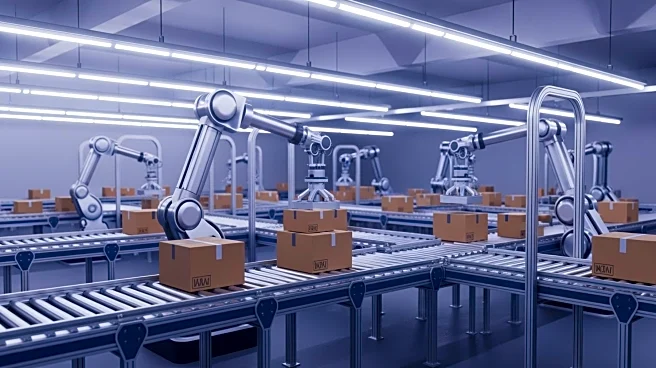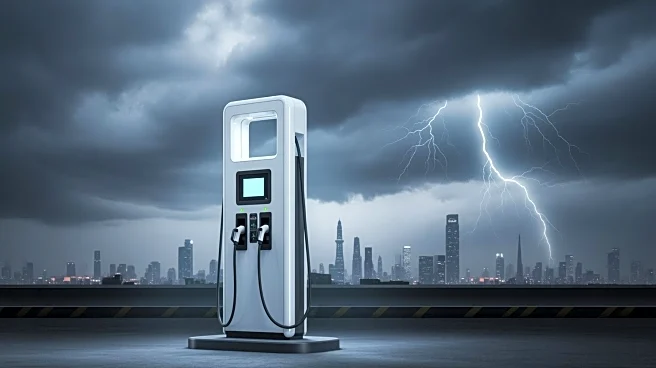What's Happening?
A recent survey conducted by MaintainX, involving over 1,300 maintenance professionals, has highlighted significant challenges and trends in the industrial maintenance sector. The 2025 State of Industrial
Maintenance report reveals that while 71% of facilities have an active preventive maintenance strategy, only 58% dedicate more than half of their maintenance time to preventive work. This gap is attributed to a lack of engagement and training for frontline teams. Rising costs, particularly due to machine wear and tear and macroeconomic uncertainties, are also impacting operations. Additionally, the adoption of AI is increasing, with 44% of respondents implementing AI in some capacity. However, the success of AI depends on thoughtful implementation and finding practical applications. The industry is also facing a talent shortage, with up to 40% of maintenance professionals expected to retire in the next five years.
Why It's Important?
The findings from the MaintainX survey underscore critical issues that could affect the efficiency and cost-effectiveness of industrial operations in the U.S. The gap between preventive maintenance strategy and execution can lead to increased downtime and higher operational costs. As costs rise, particularly due to economic uncertainties, businesses must adapt by improving inventory management and planning. The growing adoption of AI presents opportunities for increased efficiency, but requires careful integration to be effective. The impending retirement of a significant portion of the workforce highlights the need for knowledge transfer and training to maintain operational continuity. These challenges and trends have broad implications for the industrial sector, affecting productivity, cost management, and technological advancement.
What's Next?
To address these challenges, industrial maintenance leaders may need to focus on enhancing training programs and engaging frontline workers in preventive strategies. Companies might also need to invest in AI technologies that complement human skills rather than replace them. As the talent shortage looms, capturing and transferring the knowledge of experienced technicians will be crucial. Businesses may also need to reassess their inventory and supply chain strategies to mitigate rising costs and economic uncertainties. These steps could help ensure that maintenance operations remain efficient and cost-effective in the face of evolving industry demands.
Beyond the Headlines
The industrial maintenance sector is at a crossroads, where technological advancements and workforce dynamics are reshaping traditional practices. The integration of AI and the need for a more skilled workforce could lead to a transformation in how maintenance is conducted, potentially increasing reliance on digital tools and cross-disciplinary skills. This shift may also prompt a reevaluation of educational and training programs to better prepare the future workforce for the demands of modern industrial environments.
